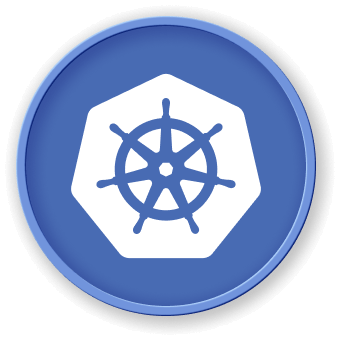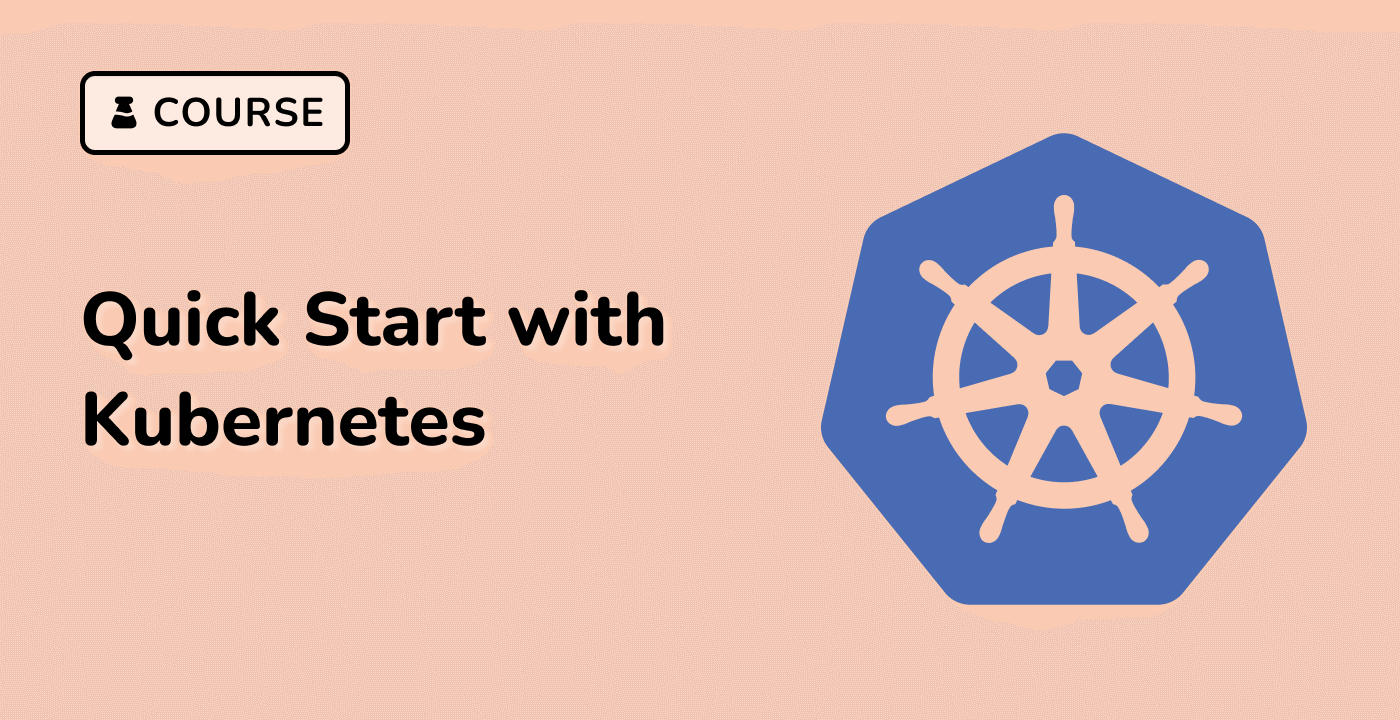Kubernetes Port Forwarding Fundamentals
Kubernetes is a powerful container orchestration platform that simplifies the deployment and management of applications. One of the fundamental concepts in Kubernetes is port forwarding, which allows you to access applications running inside Kubernetes clusters from your local machine.
In this section, we will explore the basics of Kubernetes port forwarding, including its purpose, how it works, and practical examples to help you understand its usage.
Understanding Kubernetes Port Forwarding
Kubernetes port forwarding is a feature that enables you to establish a direct connection between your local machine and a specific port within a Kubernetes pod or service. This is particularly useful when you need to access an application running inside a Kubernetes cluster, but the pod or service is not directly accessible from the outside world.
Port forwarding can be used for various purposes, such as:
-
Debugging and Troubleshooting: When developing and testing applications, you may need to access the application's logs, inspect its behavior, or interact with it directly. Port forwarding allows you to do this without having to expose the application to the public internet.
-
Local Development and Testing: During the development process, you can use port forwarding to test your application locally, even if it's running inside a Kubernetes cluster.
-
Accessing Internal Services: In a Kubernetes cluster, some services may be designed to be accessible only within the cluster or a specific network. Port forwarding allows you to access these internal services from your local machine.
Kubernetes Port Forwarding in Action
Let's explore an example of how to use Kubernetes port forwarding. Assume you have a Kubernetes cluster with a pod running an HTTP server on port 8080.
graph LR
A[Local Machine] -- Port Forwarding --> B[Kubernetes Cluster]
B[Kubernetes Cluster] -- Pod --> C[HTTP Server]
To access the HTTP server running inside the pod, you can use the following Kubernetes command:
kubectl port-forward pod/my-pod 8080:8080
This command establishes a connection between your local machine's port 8080 and the pod's port 8080. Once the connection is established, you can access the HTTP server by visiting ` on your local machine.
The Kubernetes port forwarding feature handles the necessary network routing and proxying, allowing you to interact with the application running inside the cluster as if it were running locally.
By understanding the fundamentals of Kubernetes port forwarding, you can effectively debug, test, and access applications running within your Kubernetes clusters, making your development and troubleshooting workflows more efficient.



